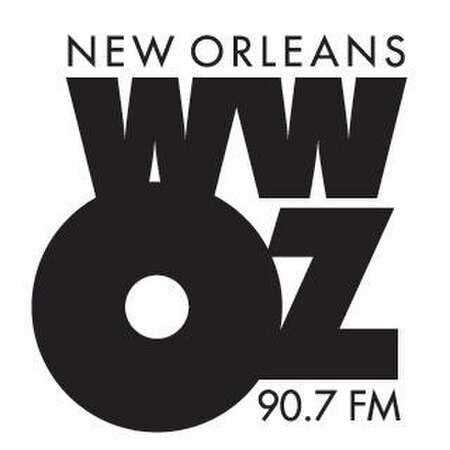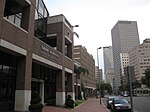WWOZ
1980 establishments in LouisianaBlues radio stationsCommunity radio stations in the United StatesHD Radio stationsJazz in Louisiana ... and 4 more
Jazz radio stations in the United StatesRadio stations established in 1980Radio stations in New OrleansUse mdy dates from January 2020

WWOZ (90.7 FM) is a non-profit community-supported radio station in New Orleans. It is owned by the New Orleans Jazz & Heritage Foundation. The station specializes in music from or relating to the cultural heritage of New Orleans and the surrounding region of Louisiana. The playlist includes jazz, blues, local, regional and world music. The studios and offices are on North Peters Street in the French Quarter of New Orleans. The transmitter is on Canal Street at Lasalle Street atop a Tulane University building.
Excerpt from the Wikipedia article WWOZ (License: CC BY-SA 3.0, Authors, Images).WWOZ
Canal Street, New Orleans Storyville
Geographical coordinates (GPS) Address Nearby Places Show on map
Geographical coordinates (GPS)
| Latitude | Longitude |
|---|---|
| N 29.9571 ° | E -90.0754 ° |
Address
Canal Street 1440
70112 New Orleans, Storyville
Louisiana, United States
Open on Google Maps










